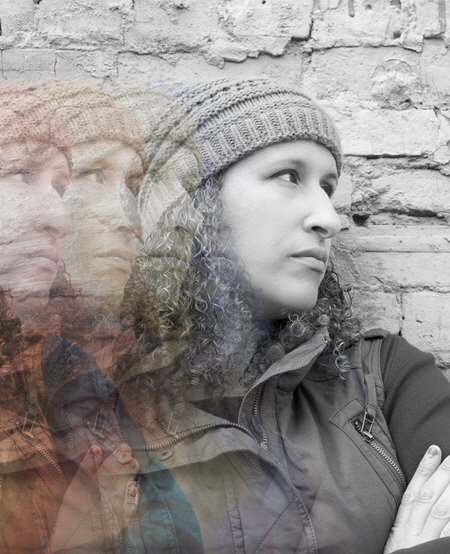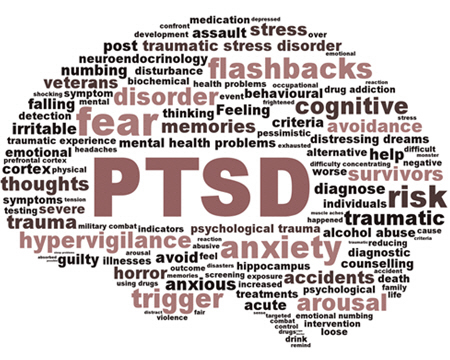Some people’s lives seem to flow in a narrative; mine had many stops and starts.
That’s what trauma does. It interrupts the plot…
It just happens, and then life goes on. No one prepares you for it.
– Jessica Stern, Denial: A Memoir of Terror
Life stops, and you begin to numb.
Everyday something pulls you back into the pain.
An Instagram post, a street sign, a song, a noise, or a smell sends you spiraling out of control. It doesn’t make sense.
How could these small things have power over you?
 You tell yourself…
You tell yourself…
“Other people have been through so much worse.”
But the memories keep spinning, the nights get longer, and your mood is uncontrollable.
The only thing holding you together is being able to emotionally numb yourself. You keep everyone at arms-length.
“If I keep pretending, I’m fine… the pain will go away.”
Trauma is persistent.
Trauma engulfs our bodies and minds.
Maybe something specific happened.
Perhaps it was years of haunting abuse, or you’re carrying the weight of another’s experience.
Trauma thrives in silence.
What is trauma?
Trauma is severe mental distress following any terrible, disturbing, or life-threatening event(s).
It emerges from direct and indirect experience of that event(s).
Your brain and body are completely overwhelmed.
Survival is the only option.
 Perhaps you experienced something that you can’t shake free.
Perhaps you experienced something that you can’t shake free.
It may have been a painful childhood, unexpected losses, difficult relationships, social rejection, loss of control, or physical or emotional abuse.
Alternatively, it might have been sexual assault, unwanted touch, illness, community violence, a natural disaster, or any other experience that has negatively impacted your life.
Trauma rewires the brain making it hard to cope or even think. Meanwhile, the body is on high alert, preparing to defend itself again.
You know this. You’re living it.
How can I help you live beyond trauma?
For real healing to begin, we must teach your brain and body that you are safe. The danger has passed.
Just as every trauma is unique, so is its treatment.
Generally, we start by creating a safe space and giving you back a sense of control, which develops by learning coping strategies, identifying support systems, and giving language to your experience.
Somatic interventions also help identify and release trauma patterns stored physically.
Identifying triggers is part of the process.
Often trauma responses are engaged and send you back into the pain of the original event.
These are called Trauma Triggers. We will walk through these triggers together to empower your sense of resolution and resiliency.
The challenge of recovery is to reestablish ownership of your body and your mind-of yourself.
This means feeling free to know what you know
and to feel what you feel without becoming overwhelmed, enraged, ashamed, or collapsed.
– Bessel Van Der Kolk, The Body Keeps the Score
Asking for help is the first step in healing trauma.
It is terrifying and may pull against every instinct you have, but I will not turn my back on you.
You deserve to feel fully alive, present, and engaged in your life.
I’m here whenever you’re ready. You can reach me at (720) 258-6448.

